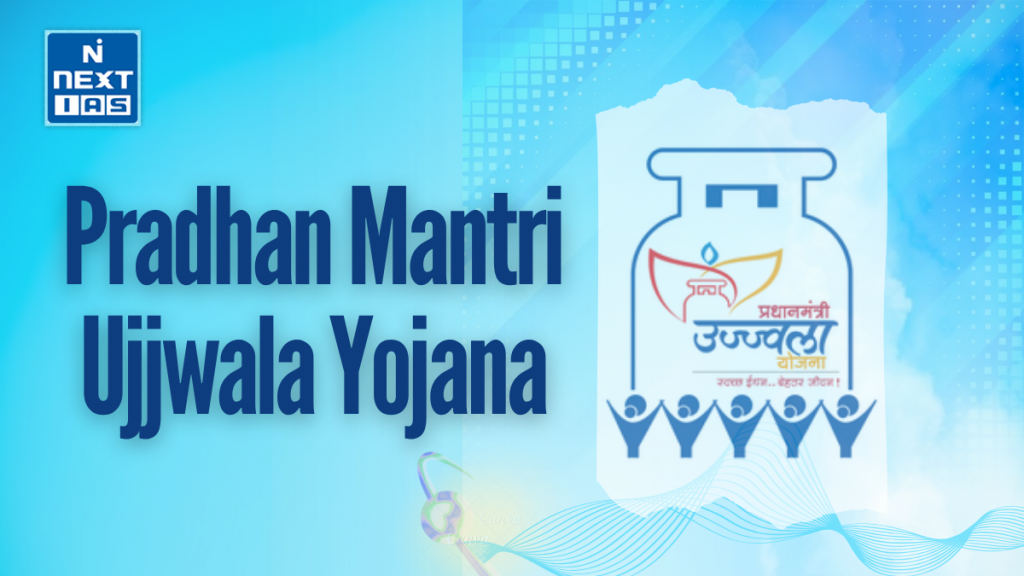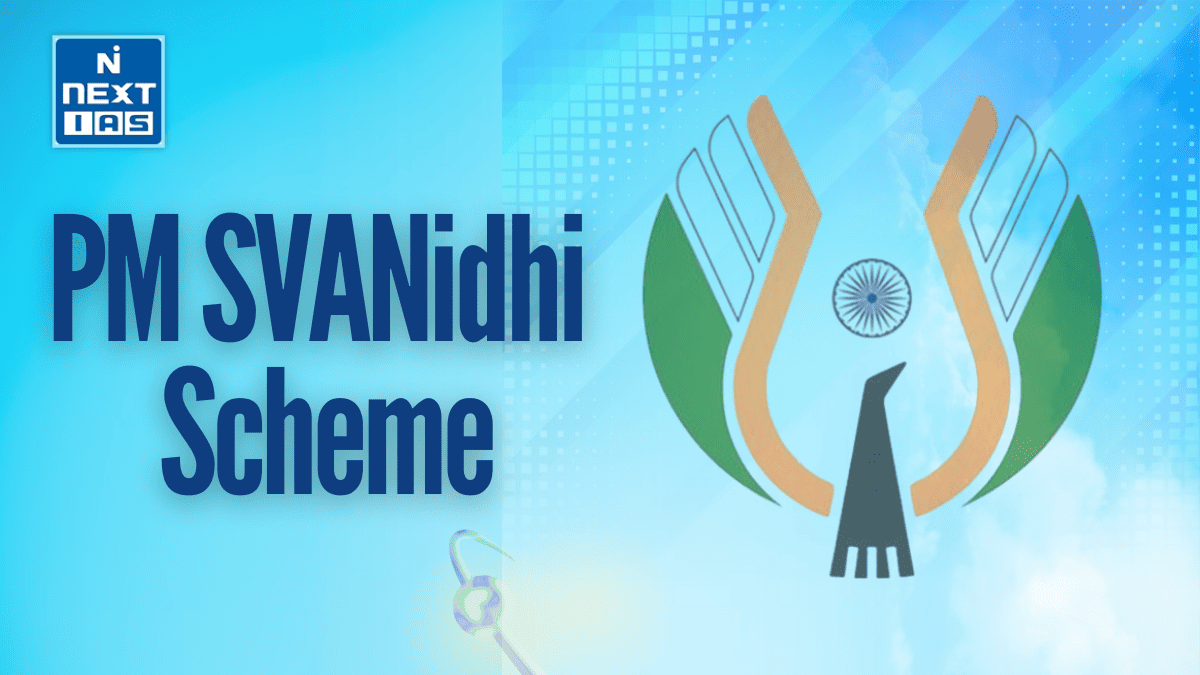
The government scheme under PMUY came into being in 2016 to promote LPG for clean cooking by serving free LPG connections to economically disadvantaged households especially women belonging to Below Poverty Line (BPL) families. It seeks to cut down health hazards caused by traditional biomass cooking and to empower rural women throughout India.
About the Pradhan Mantri Ujjwala Yojana (PMUY)
- Launch by the Government of India on 1 May 2016, the scheme basically provided free LPG connections to women belonging to Below Poverty Line (BPL) households.
- Working through the Ministry of Petroleum and Natural Gas, the scheme promotes clean cooking fuel with indoor air pollution: hazardous to health in rural women, who still use traditional biomass fuel such as wood and cow dung.
- The PMUY scheme provides an LPG connection that is subsidized and incorporates the cost of the stove and the first refill.
- To promote LPG usage, awareness-building campaigns and subsidy schemes for refills following the initial one have also been rolled out.
- Since its inception, the PMUY scheme has contributed majorly to the health of women and environmental preservation, along with economic empowerment.
- It has now been enhanced with more beneficiaries so that clean energy reaches farther, thus improving quality of life for rural India.
Features of the Pradhan Mantri Ujjwala Yojana (PMUY)
The key features of PMUY have been as follows:
- Free LPG Connection: Providing free LPG connections to women from BPL households.
- Financial Assistance: The Government of India has set up financial assistance of ₹1,600 per connection to cover security deposit, pressure regulator, and administrative charges.
- Target Beneficiaries: With an original target of 5 crore households, the scheme was subsequently enlarged to cover more than 8 crore families, considering SC/STs, PMAY, AAY, and forest dwellers.
- Clean Cooking Fuel: It takes away dependencies on traditional biomass fuels and improves the health and environmental conditions.
- Interest-Free Loan: Beneficiaries can take loans to buy stoves and refills.
- Women’s Empowerment: It indeed promotes the health of women and their upliftment in socio-economic terms.
- Across-the-Country Coverage: This scheme is implemented in all states and union territories of India.
Objectives of the Pradhan Mantri Ujjwala Yojana (PMUY)
The key objectives of Pradhan Mantri Ujjwala Yojana (PMUY) are:
- Provide Clean Cooking Fuel – Promote LPG as a substitute for traditional cooking fuels like wood, coal, and dung cakes.
- Reduce Health Hazards – Reduce indoor air pollution and related health issues affecting women and children.
- Empower Women – Watch over the well-being of women by reducing drudgery in firewood collection and exposure to smoke.
- Environmental Protection – Prevent deforestation and air pollution arising from biomass fuel usage.
- Enhance Energy Access – Increase the penetration of LPG, especially in rural and remote areas.
- Alleviate Poverty – Subsidize BPL families for free LPG connections.
Significance of the Pradhan Mantri Ujjwala Yojana (PMUY)
Some advantages of the Pradhan Mantri Ujjwala Yojana stand as significant socio-economic and environmental:
- Health Benefits – It reduces microbial pollution along with respiratory illnesses associated with the burning of traditional biomasses.
- Women Empowerment – The scheme provides economic cushions, thereby relieving women of the burdens of hard work, improving their quality of life.
- Environmental Protection – Being a clean energy appreciation, it reduces the implications of deforestation and carbon emissions.
- Rural Development – Improves access to modern cooking fuel in rural areas while raising a small village’s general standards of living.
- Energy Security – Increases coverage of LPG, thereby reducing the dependence on conventional fuels.
-PMUY, thus, fuels sustainable development by ensuring a cleaner, healthier, and inclusive India.
Lacunae of the Pradhan Mantri Ujjwala Yojana (PMUY)
Despite these successes, few lacunas exist in the Pradhan Mantri Ujjwala Yojana (PMUY):
- Lower Refilling Rate-For many are unable to afford LPG refills inhibition cases where the prices are high, and the beneficiaries resort back to traditional fuel.
- Affordability Issues-Though subsidies are granted, poor families have to incur the cost of refilling LPG on a recurrent basis which they may be able to pay but just hesitate to do so.
- Lack of Awareness-Some beneficiaries are also unaware of the subsidies offered to them and cell cultures regarding the proper usage and safety measures.
- Infrastructure Gaps-LPG supply is often inconsistent due to supply chain issues in far-flung areas.
- Targeting Identification Issues-Some deserving households are left out while some undeserving beneficiaries somehow gain access.
- Resistance To Behavioral Changes-Cultural habits and knowledge of using traditional fuels for cooking make adoption slow in some areas.
The need of the hour is for bridging these gaps with a stronger subsidy mechanism, awareness campaigns, and a very efficient last-mile delivery system.
The key pointers on Pradhan Mantri Ujjwala Yojana (PMUY) for UPSC CSE Prelims
- Launch Year – Launched on 1st May 2016 by Ministry of Petroleum and Natural Gas.
- Objective – To support free LPG connections for women members of Below Poverty Line (BPL) families in the interest of clean cooking fuel.
- Target Beneficiaries – Initially targeted 50 million BPL families; later the scope was broadened to cover 80 million beneficiaries.
- Eligibility – Women of BPL house-holds identified through SECC-2011 data, SC/ST households, forest-dwellers, OBCs, tea garden-workers, and other degraded groups.
- Financial Assistance – The Central Government indemnifies `1,600/- per connection, out of which the money is spent on security deposit, pressure regulator, hose, and administration charges.
- Implementing Agency–OMC, Ministry of Petroleum and Natural Gas.
- Expansion (PMUY 2.0)–Started in 2021 for another one crore connections, which include the first refill and the stove, both free of cost.
- Socio-Economic Impact–Less indoor pollution, better health for women, more energy access in rural areas.
- Challenges-High costs of refills; lack of awareness amongst users; dependence on other fuels for heating and cooking activities in many locations.
- Current Status-The government has opened opportunities for subsidies and refill cash incentives for sustaining the use of LPG with the beneficiaries.
Way forward
To maximize the benefits of the scheme Pradhan Mantri Ujjwala Yojana, the Government needs to enhance LPG refill affordability, widen subsidies for the poor, fine-tune last-mile delivery, promote knowledge of clean cooking benefits, and integrate renewable energy to cement sustained adoption and long-term energy security for the beneficiaries.
Conclusion
PMUY, thus, has greatly improved access to clean cooking fuel for millions of households, empowering women while simultaneously boosting health and environmental conditions. Furthermore, by providing alternatives to traditional fuel options under the scheme, the government strives for sustainable development and, thus, guarantees a healthier and cleaner rural India afterward.





